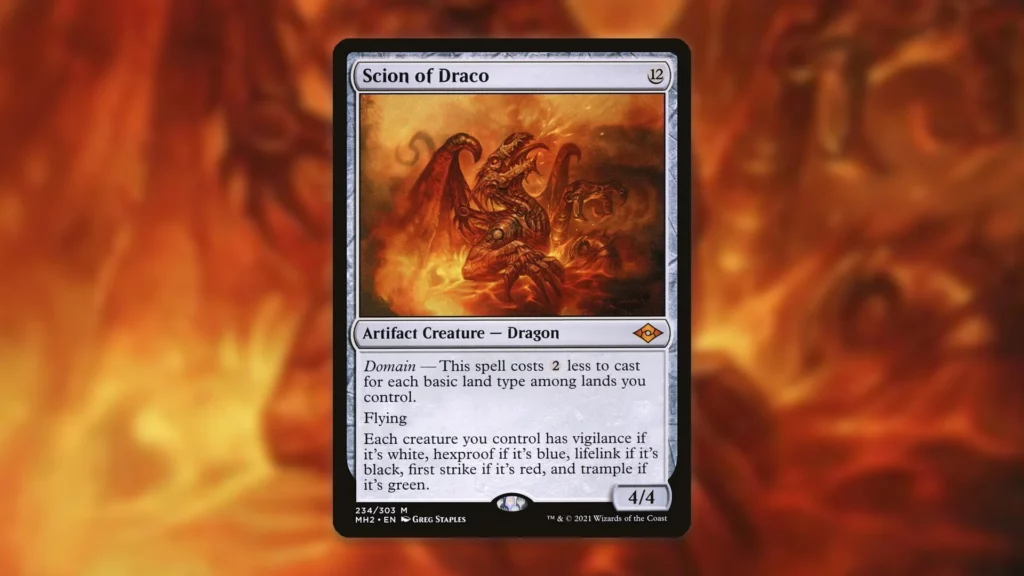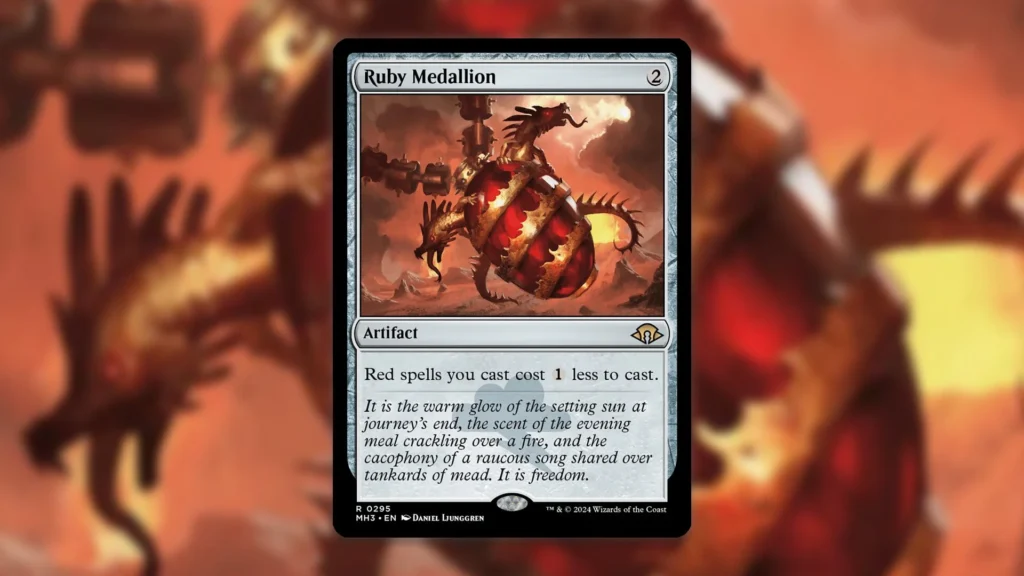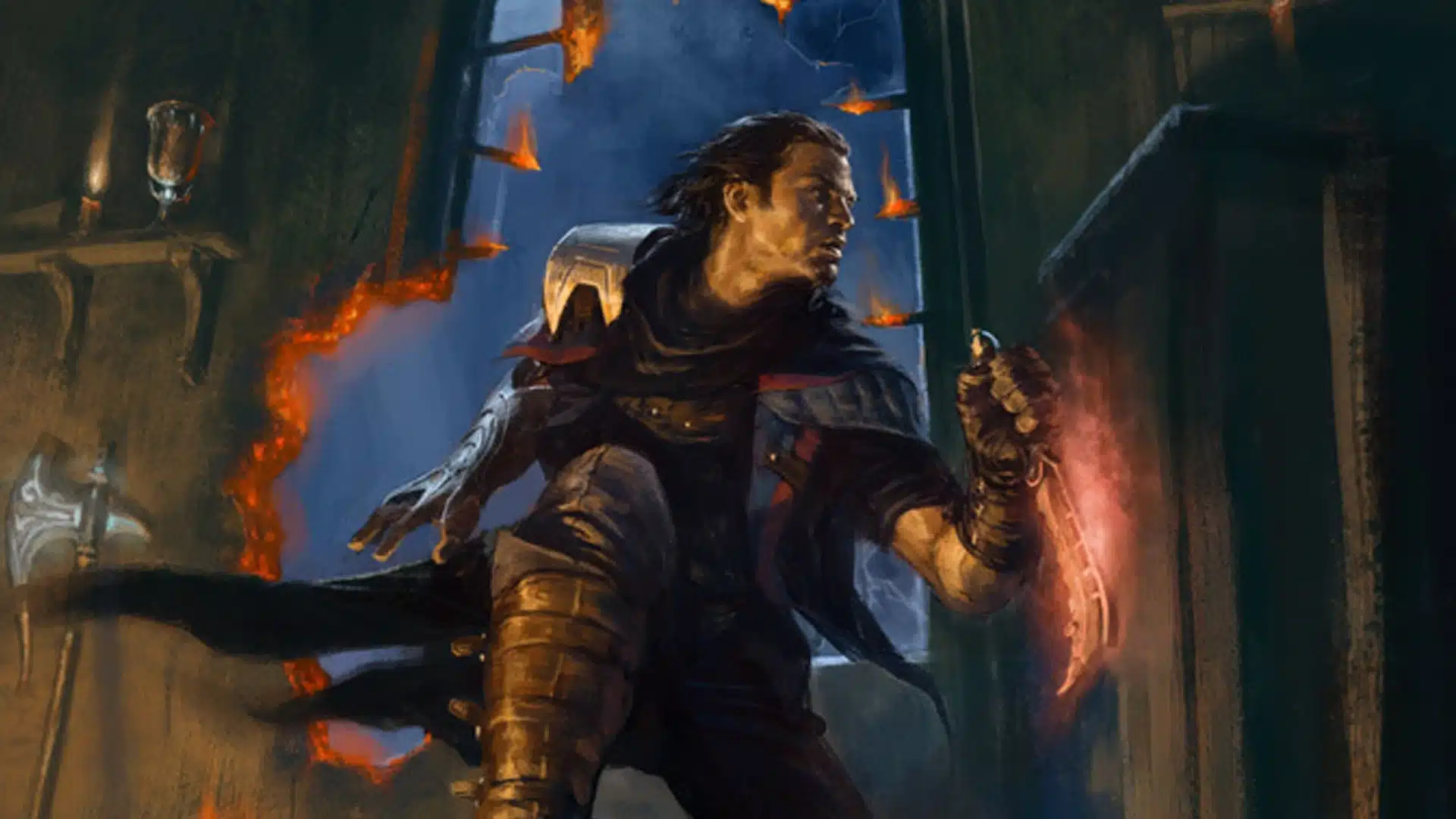Right now, Modern is one of the most diverse formats in all of MTG. No particular archetype is overwhelmingly popular, and there is a variety of competitive aggro, midrange, and combo decks to choose from.
On top of the wide range of well-established archetypes, there’s room for players to innovate to their heart’s content. In fact, yesterday, a really unique strategy blending together elements from Domain Zoo and Grixis Reanimator 5-0’d a Modern League out of nowhere. Despite these themes having minimal overlap, there are some interesting incentives to crafting your deck this way.
Traditional Oculus Package

At its core, this shell gets a lot of mileage out of the efficiency of its cards. Every card in the deck, regardless of its mana value, can be cast for three mana or less. At the same time, your creatures are extremely scary if left unchecked, which puts the opponent under quick duress.
No creature encapsulates this plan more than Abhorrent Oculus. As a five-toughness creature, Oculus isn’t easy to get rid of and its triggered ability will take over the long game. The only restriction is its additional casting cost, but there are plenty of ways to get around this.
Obviously, you can always just fill up your graveyard in the early turns with Fetchlands and Faithless Looting in order to hard-cast Oculus. On top of that, though, Looting makes it trivial to get Oculus into the graveyard so you can bring it back with Unearth. The same can be said for Psychic Frog, which is also a major threat on its own. Even discarding and resurrecting Graveyard Trespasser can be a strong play, especially if you get to nab Phlage, Titan of Fire’s Fury from the opponent’s graveyard.
Despite all of these similarities with traditional Grixis Reanimator lists in Modern, focusing on efficiency means you won’t actually find any massive haymakers like Archon of Cruelty or any copies of Persist. This means that the most broken and explosive draws out of Reanimator decks aren’t available here, but it also means you aren’t quite as vulnerable to graveyard hate. Cards like Grafdigger’s Cage and Surgical Extraction don’t stop you from hard-casting your three-drops and Unearth can always be Cycled in a pinch.
Scion and Leyline

By cutting out the Persist package, this deck then makes room for an alternate angle of attack that completely sidesteps graveyard hate altogether. This is where the deck’s Zoo package enters the equation. Scion of Draco is a burly monster on its own, and when paired with Leyline of the Guildpact, it becomes immune to targeted removal and difficult to race.
Going down this route then gives you access to one of the strongest interactive elements out there in Leyline Binding. In an environment where big threats like Quantum Riddler that outclass Fatal Push thrive, having an efficient, instant-speed answer goes a long way.
Incorporating these five-color payoffs isn’t as difficult as you might expect with so many Fetchlands in the mix, either. Looting and Frog then help reduce the concern of drawing extra copies of Leyline and having them rot in your hand.
Meanwhile, the upside of building out a board of beefy threats with Hexproof and Lifelink is huge. Leyline even opens the door for you to play potent sideboard options like Sanctifier en-Vec that would otherwise be hard to cast consistently.
Strengths and Weaknesses

In the Modern metagame, this shell presents a decent gameplan against most of the top creature decks. All of your premium threats brick wall the smaller creatures out of Boros Energy and simultaneously outsize Phlage’s triggered ability. Adding in Wrath of the Skies only makes the matchup easier.
Against the blink decks, Doorkeeper Thrull is an insanely strong tool. It can’t be removed by Solitude and can always be reanimated if it gets tagged by Fatal Push. After keeping their value engines in check, Oculus and Scion threaten to close games in a flash.
Unfortunately, this build loses a lot of percentage points versus spell-based combo decks compared to other Oculus variants. With no pieces of counter magic or discard in the maindeck, even your fastest draws will struggle to race a good draw out of Belcher. Outpacing Ruby Storm is nearly impossible, so you’re only hope is to land a well-timed Binding on Ruby Medallion and see if you can cross the finish line before your opponent rebuilds.
The Eldrazi matchup is rough as well, since Ugin, Eye of the Storms is capable of decimating a board by itself. It’s possible that dedicating more slots to Consign to Memory and Stubborn Denial could improve your position against these decks, but any card substitutions would come at a cost in other matchups. With so many slots dedicated to enabling both Oculus and Scion, flex slots are limited as it is.
All things considered, this build catching steam and emerging as a top-tier Modern choice in the near future seems unlikely. Nonetheless, that doesn’t mean it can’t compete, and there’s plenty of room to explore within this space. It just goes to show that in the current state of Modern, don’t be afraid to think outside the box.
Stick with us here at mtgrocks.com: the best site for Magic: The Gathering coverage!
